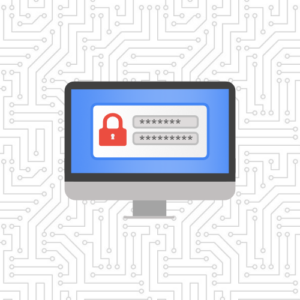You’ve probably read a lot of advice on everything you need to do to have a secure password. Some common password recommendations include: It has to be at least 12 characters long. It should use uppercase letters, lowercase letters, numbers, and symbols. It’s not a password you’ve used before or elsewhere. Don’t use dictionary words…

The Hall Blog
Optimize CSS with the :is() Pseudo-Class Selector
When styling aspects of your website, it’s not unusual to need to target numerous similar items at once. Your code can get lengthy, repetitive and complex. Fortunately, the :is() pseudo-class selector introduced in the Selectors Level 4 specification can help simplify it. Using the :is() Selector Example 1 A common scenario where you can use…
Personalized Marketing Emails: Tips to Increase Engagement
Email marketing is one of the most effective ways for businesses to reach customers. In fact, according to Statista, 376.4 billion emails will be sent and received around the world daily by 2025. With consumers’ inboxes getting more and more crowded, the best way to stand out and ensure customers pay attention to your messages…
Protect Your WordPress Website From Brute Force Attacks
In the classic movie WarGames, the main character programs his computer to guess the passwords of other computers randomly through his modem. This rather crude method of guessing passwords is called a brute force attack and is not uncommon for today’s WordPress sites. While an inelegant and old-fashioned way to attempt to breach other computers,…



